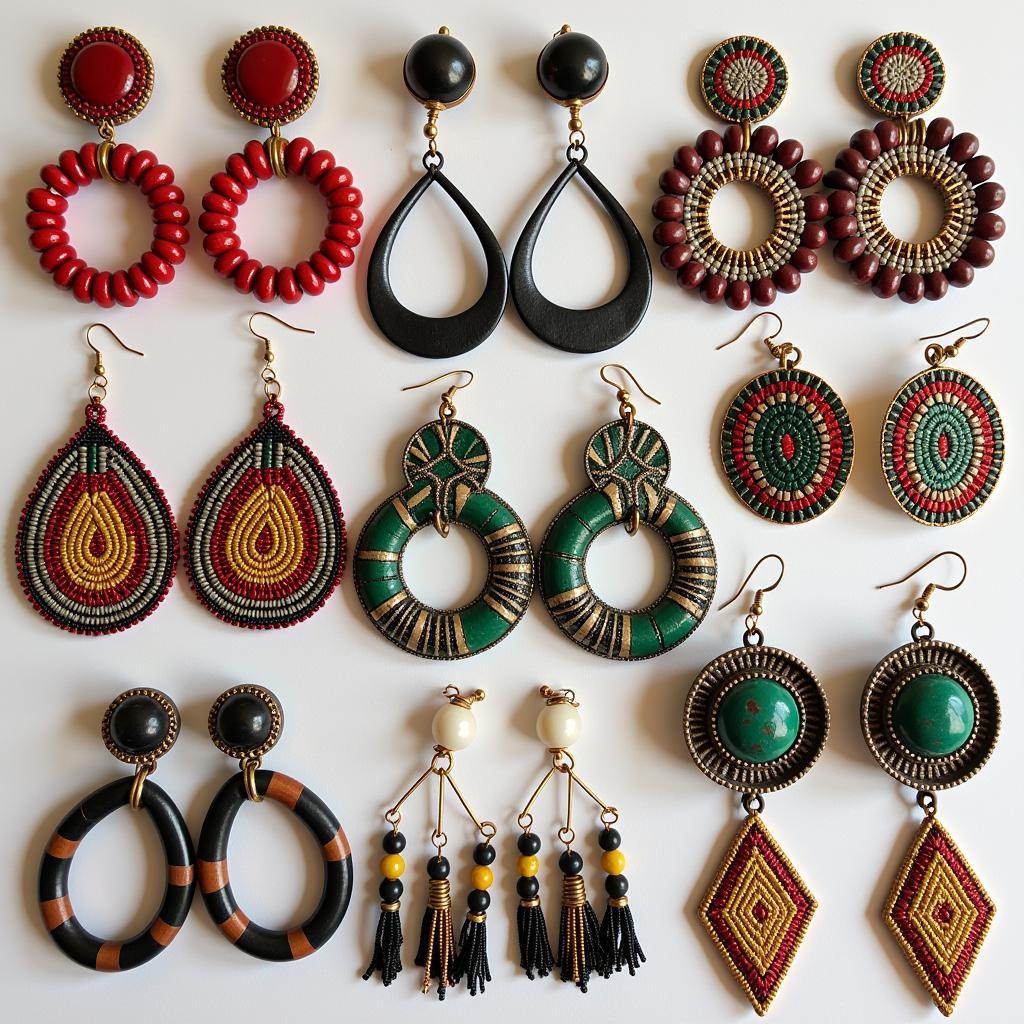Unearthing History: Exploring the African Burial Ground National Monument
The African Burial Ground National Monument stands as a solemn testament to the lives and struggles of enslaved Africans in colonial New York. Located in Lower Manhattan, this sacred site offers a poignant glimpse into a forgotten chapter of American history, revealing stories of resilience, community, and the enduring legacy of the transatlantic slave trade.
A City Beneath a City: The Discovery and Significance of the African Burial Ground
In 1991, during construction for a new federal building, a startling discovery unearthed a hidden chapter of New York City’s past: the African Burial Ground. This site, encompassing nearly seven acres, revealed the skeletal remains of over 400 men, women, and children of African descent, dating back to the 17th and 18th centuries. The discovery forced a reckoning with the city’s long-obscured history of slavery and its profound impact on the lives of enslaved Africans.
The African Burial Ground serves as a powerful reminder of the humanity of those enslaved, challenging historical narratives that often silenced their voices. Through careful excavation and analysis, researchers have been able to piece together fragments of their lives, revealing insights into their cultural practices, health, and the brutal realities they faced.
Whispers from the Past: Unveiling the Stories within the African Burial Ground
The skeletal remains unearthed at the African Burial Ground tell a multifaceted story of life and death in colonial New York. Analysis of the bones reveals evidence of malnutrition, disease, and arduous labor, reflecting the harsh conditions endured by enslaved Africans. However, the burial practices themselves, often incorporating West African traditions, speak to the resilience of their culture and their unwavering connection to their ancestral heritage.
For instance, the presence of adornments like beads and shells, placed alongside the deceased, suggests the continuation of spiritual beliefs and rituals from their African homelands. These subtle but significant details offer a glimpse into the lives of those buried at the site, reminding us that they were not merely victims of history, but individuals with their own beliefs, customs, and aspirations.
Honoring the Ancestors: The African Burial Ground as a Site of Remembrance and Reflection
Today, the African Burial Ground National Monument stands as a powerful symbol of remembrance and a testament to the enduring legacy of the transatlantic slave trade. The site, designated a National Historic Landmark and a UNESCO World Heritage Site, features a moving memorial designed by artist Rodney Leon. Its design incorporates elements inspired by African burial traditions, including a processional walkway and a soaring wall inscribed with evocative imagery.
The African Burial Ground also houses a museum dedicated to interpreting the site’s history and showcasing the lives of those interred there. Through exhibits, educational programs, and community events, the monument seeks to foster dialogue, promote understanding, and ensure that the stories of those buried at the site continue to be told and remembered.
FAQs about the African Burial Ground National Monument
1. Where is the African Burial Ground National Monument located?
The African Burial Ground National Monument is located at 290 Broadway in Lower Manhattan, New York City.
2. What are the opening hours of the monument and museum?
The monument and museum are open Tuesday through Saturday from 10:00 AM to 4:00 PM. Admission is free.
3. Are there guided tours available?
Yes, guided tours of the monument and museum are available. Check the official website or inquire at the visitor center for tour schedules and availability.
4. What can I expect to see at the museum?
The museum features exhibits on the history of the African Burial Ground, the transatlantic slave trade, and the lives of enslaved Africans in colonial New York. You can also view artifacts recovered from the site, such as beads, pottery, and skeletal remains.
5. Are photography and filming allowed at the monument and museum?
Photography for personal use is generally permitted. However, filming and commercial photography may require special permission. It’s always best to check with monument staff for specific guidelines.
The African Burial Ground National Monument stands as a poignant reminder of the importance of preserving and interpreting our shared history, even its most painful chapters. By confronting the legacy of slavery and honoring the lives of those who were silenced, we can work towards a more just and equitable future.
Learn more about the history and cultural significance of African burial grounds and explore other African American historical sites to deepen your understanding of the African diaspora’s impact on American history.
For any assistance or inquiries, please contact us at:
Phone: +255768904061
Email: kaka.mag@gmail.com
Address: Mbarali DC Mawindi, Kangaga, Tanzania
Our dedicated customer service team is available 24/7 to assist you.


